GyeongGi Cultural Foundation
'Baekje', the first country built on the ground of Gyeonggi Province
The 2020 Joongbu Ilbo series 〈Gyeonggi-do Museum〉 is a content produced in a total of 10 series by the GyeongGi Provincial Museum, which has undergone a complete reorganization of the exhibition hall in celebration of the 25th anniversary of its opening. If you would like to see more detailed 〈Gyeonggi Province Museum〉, you can enjoy it in the original text on the Jungbu Ilbo website. |
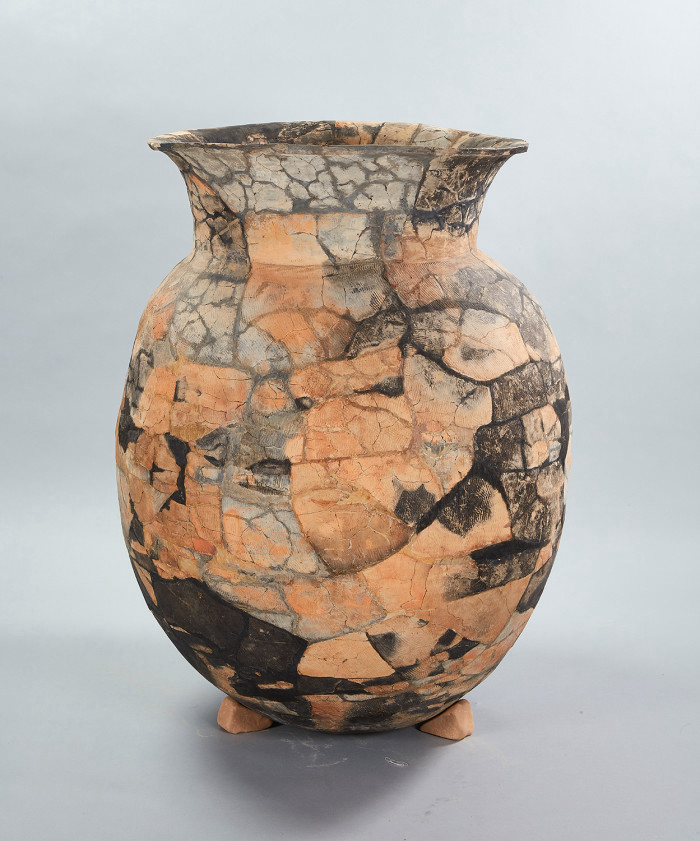
[Photos] Big Dock
The outer surface of the large venom is mottled and looks like a cowhide, but it was not. At that time, as the house collapsed in the fire, the pots broke and the pieces burned, changing the color of the surface. It was excavated and took more than a year to restore it. (Excavated from the ruins of Jajak-ri, Pocheon)
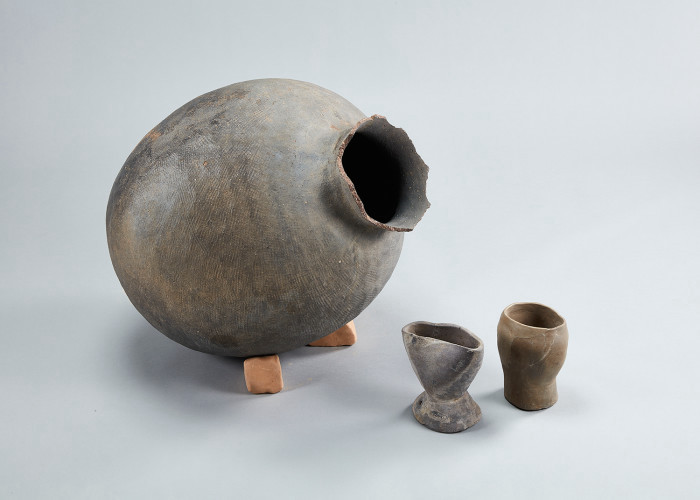
[Photo] Large clay pot and cup-shaped earthenware
Large poisons were gradually replaced by large jars. It is believed that the cup-shaped earthenware excavated together was poured into the liquid (excavated from Sogeunsanseong, Hwaseong Fortress).
Hanseong Baekje in Gyeonggi Province
On August 4th, the permanent exhibition of the newly opened GyeongGi Provincial Museum will be reorganized, centering on the history of the “Thousand Years of Gyeonggi”. Then, before 'Gyeonggi', what happened in the land of Gyeonggi during the Three Kingdoms era? Since its opening in 1996, GyeongGi Provincial Museum has unearthed the remains of Baekje in Gyeonggi-do, such as Paju Yukgyetoseong Fortress, Goyang Myungjeolsanseong Fortress, Hwaseong Sogeunsanseong Fortress, and Pocheon Jajak-ri Ruins. I could find it. Based on the results, I tried to interpret the life of Gyeonggi people in the Three Kingdoms era and unfold them as a permanent exhibition with a new perspective.
The Age of Three Kingdoms in Gyeonggi Province begins in Baekje. Depending on the location of the capital, Baekje changed to Seoul (Hanseong-seong period/BC18-AD475), Chungnam Gongju (Wongjin-dong period/475-538), and Chungnam Buyeo (Sabi period/538-660). . During the Hanseong period, the capital of Baekje was located in Pungnaptoseong and Mongchontoseong, near the south of the Han River, and belonged to Gyeonggi Province (Gwangju) for more than a thousand years before being incorporated into Songpa-gu, Seoul in 1963. As for the location of Hanseong, the area of Chungung-dong, Hanam-si, was discussed only 30 years ago. Let's look at the history of Hanseong Baekje reflecting the recent research results.
In the first century B.C., when Gojoseon was destroyed by the invasion of the Chinese Han Dynasty, there were several forces belonging to Mahan in the Gyeonggi area. Baekje began as a force in Mahan that Onjo from Goguryeo built in Hanam Wiryeseong Fortress in the Han River basin and gradually integrated its surroundings. Since then, the royal family of Baekje reorganized the government office and established the foundation of the ancient state by enlisting local nobles through various precious metals and Chinese pottery as a medium. In addition, Pungnaptoseong Fortress was rebuilt in preparation for the war, and at the same time, it attempted to expand its territory to the north where Goguryeo is located, while interacting with China by sea.
Baekje built a major traffic route in Gyeonggi Province and built a defense system by building fortresses in several places. The walls built using hills and mountains were initially compacted with soil and then gradually piled up with stones to increase defense. Although the castle was built for the purpose of war, it was usually used as the administrative center of each region. Since then, the walls of Baekje have often been rebuilt or repaired due to fierce battles between Goguryeo and Silla over the Han River. Even after Hanseong was captured by Goguryeo and the capital was moved to Woongjin, part of the Baekje fortress was reused by Goguryeo and Silla who occupied the area. Hanseong Baekje's heyday was during the reign of King Geunchogo in the 4th century. Due to the geographical advantage of using the Han River, maritime activities were active, and by winning the battle with Goguryeo to expand its territory to the north, it established itself as a powerful nation. King Geun Chogo commanded the army with the yellow flag used by the Chinese emperor. The scene where the military led the attack on Pyongyang and the Goguryeo king of Goguryeo was killed during the battle is a highlight of the history of Baekje.
Since then, the two countries fought fierce battles in the Hwanghae-do region, and this was proved by the discovery of Baekje pottery in Hwangju, Hwanghae-do. In the records of the Samguksagi, Baekje Jangsu Makgohae no longer pursues after defeating Goguryeo army in the Battle of Bangeolyang (Baekcheon, Hwanghae-do) at that time.
“If you know how to be satisfied, you will not be cursed, and if you know how to stop, it is not in jeopardy. (知足不辱 知止不殆)”
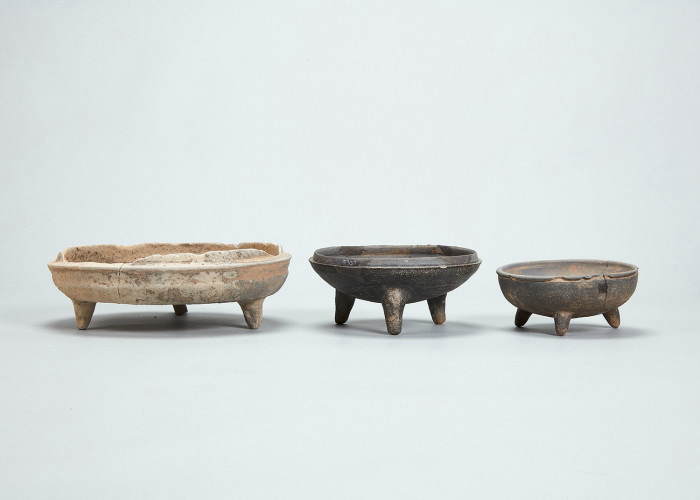
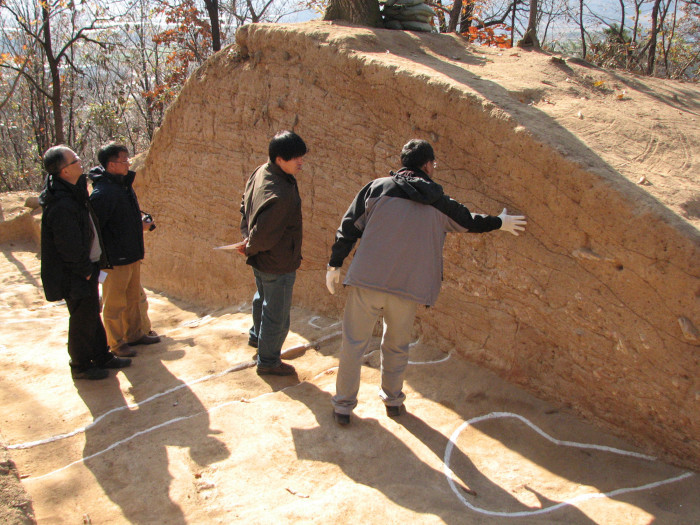
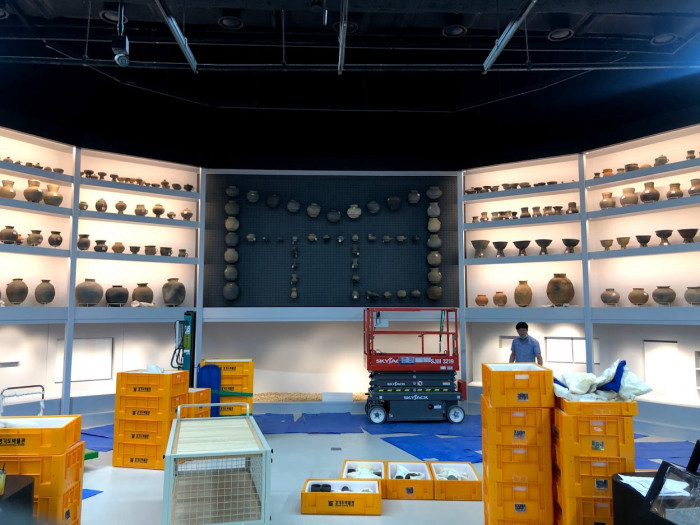
<Copyright(c)2002 GGC All rights reserved.>
- Writer
- GyeongGi Cultural Foundation
- About
- Everything about the GyeongGi arts and culture, GGCF
- homepage
- https://www.ggcf.kr/